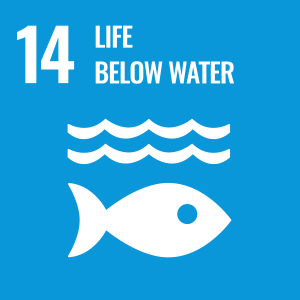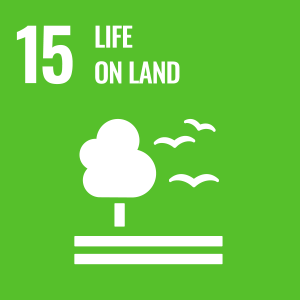Learning Objective
- Identify, explain, and recognize the consequences of other mechanisms of evolution (genetic drift, gene flow, non-random mating, and mutation) in terms of fitness, adaptation, average phenotype, and genetic diversity
Biologists organize their thinking about biological processes using evolution as the framework. There are five key mechanisms that cause a population, a group of interacting organisms of a single species, to exhibit a change in allele frequency from one generation to the next. These are evolution by: mutation, genetic drift, gene flow, non-random mating, and natural selection. Each mechanism of evolution can be characterized by how it affects fitness, adaptation, the average phenotype of a trait in a population, and the genetic diversity of the population.
Mutation generates variation
Evolution by mutation occurs whenever a mistake in the DNA occurs in the heritable cells of an organism. In the single-celled asexual organisms, such as bacterial, the whole cell and its DNA is passed on to the next generation because these organisms reproduce via binary fission. For sexual organisms, mutations are passed to the next generation if they occur in the egg or sperm cells used to create offspring. Mutations occur at random in the genome, but mutations of large effect are often so bad for the organism that the organism dies as it develops, so mutations of smaller effect or even neutral mutations are theoretically more common in a population. The variation that is created in a population through the random process of mutation is called standing genetic variation, and it must be present for evolution to occur. Mutation is the raw stuff of evolution because it creates new heritable phenotypes, irrespective of fitness or adaptation. Mutation rates are actually pretty low for most genes, ranging from 10-6 for the average human gene to 10-10 (per base pair) for the average bacterial gene (from http://bionumbers.hms.harvard.edu/).
Because mutation rates are low relative to population growth in most species, mutation alone does not have much of an effect on evolution. But mutation combined with one of the other mechanisms of evolution (genetic drift, natural selection, non-random mating, and/or gene flow) can result in meaningful changes in allele frequencies in a population.
Evolution by genetic drift causes changes in populations by chance alone
Evolution by genetic drift occurs when the alleles that make it into the next generation in a population are a random sample of the alleles in a population in the current generation. By random chance, not every allele will make it through, and some will be overrepresented while others decline in frequency regardless of how well those alleles encode for phenotypic suitability to the environment. As a result, sometimes drift actually reduces the average fitness of a population for its environment. Populations are constantly under the influence of genetic drift. The random drifting of allele frequencies always happens, but the effect is fairly subtle in larger populations. In large populations, the signal of genetic drift is easily swamped out by the stronger effects of selection or gene flow, so we often ignore the effects of drift except in small or endangered populations, where a random draw of alleles can dramatically change the population’s chance of survival in the next generation.

Evolution by gene flow (migration) makes two different populations more similar to each other
Two different populations are often subject to different selective pressures and genetic drift, so they would be expected to have different allele frequencies. When individuals from one population migrate into a different population, they bring those different allele frequencies with them. If enough migration and mating occurs between two populations, then the two populations will experience changes in allele frequencies that make the populations have more similar allele frequencies to each other.
Non-random mating results from mate choice
Selecting a mate at random is a pretty risky idea because half of your offspring’s genes come from your mate. Non-random mating is a more common approach in real populations: think about male birds being selected as mates by females who choose males for their vivid colouration or beautiful and complex birdsong. There is evidence that fish, birds, mice, and primates (including humans) select mates with different HLA genotypes than themselves. We humans also tend to mate more often with individuals who resemble us phenotypically (positive phenotypic assortment). Non-random mating with “like” individuals will shift the genotype frequencies in favour of homozygotes, while non-random mating with “unlike” individuals (negative phenotypic assortment) creates an over-representation of heterozygotes. These shifts can occur without changing the proportion of each allele in the population, also called the allele frequency.
Watch this Ted Ed video to review these concepts with an easy way to remember them. Note that this video does not refer to genetic drift by name but instead emphasizes that changes in allele frequencies due to chance alone is more likely to occur in small populations.
UN Sustainable Development Goals


SDG 14 Life Below Water and 15 Life on Land – Mechanisms of evolution like gene flow, non-random mating, and mutation can modify genetic diversity and potentially alter a population’s ability to adapt to changing environments. The ability to impact gene pools can have consequences to biodiversity conservation, human health, and food security.

